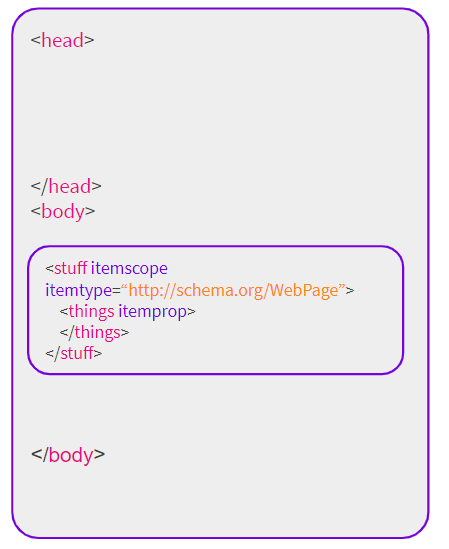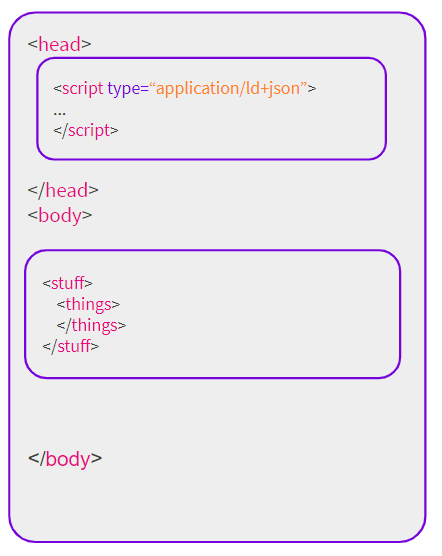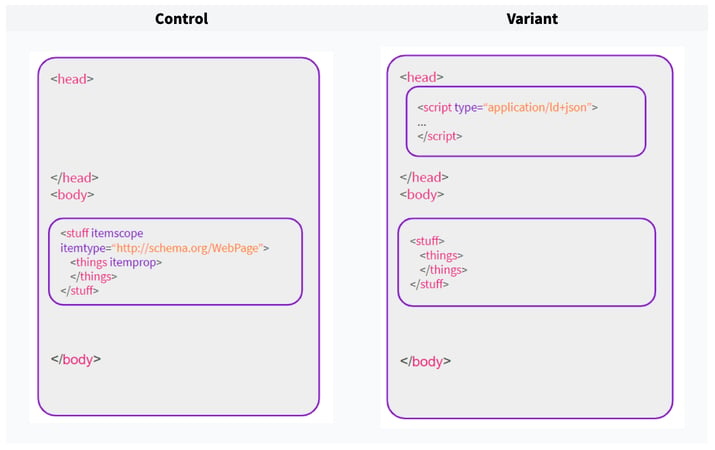Start here: how our SEO split tests work
If you aren't familiar with the fundamentals of how we run controlled SEO experiments that form the basis of all our case studies, then you might find it useful to start by reading the explanation at the end of this article before digesting the details of the case study below. If you'd like to get a new case study by email every two weeks, just enter your email address here.
This week, we asked our Twitter followers what they thought happened to the organic traffic of pages when we replaced microdata markup with the equivalent JSON-LD structured data.
This was what they thought:

It turns out those 61% of people were correct! This change had no measurable impact on organic traffic, despite JSON-LD being Google’s preferred way of adding structured data to a page.
The Case Study
We have run hundreds of tests implementing different schema to win various rich snippets over the years. While there’s never a universal answer for every website on whether a specific type of schema will improve organic traffic or not, implementing schema to win rich snippets generally generates good results for organic traffic.
From review schema to win review star snippets, to FAQ schema to soak up real estate on the SERP, we can generally accept that the rich results produced from schema implementation benefit users and improve organic click-through-rates.
Yet, there’s not one universal way to mark up data on your website. On schema.org, a collection of shared vocabularies for data markup understood by the major search engines. There are two widely used formats for structured data: microdata and JSON-LD.
With JSON-LD, a JavaScript object is inserted into the HTML of your page to define data, whereas microdata uses HTML tags and attributes to define data. In its structured data guidelines, Google states that it recommends JSON-LD over microdata for web content.
In a Google Webmaster Central hangout in 2019, John Mueller also said:
“We currently prefer JSON-LD markup. I think most of the new structured data that are kind of come out for JSON-LD first. So that’s what we prefer.”
So we know that Google prefers JSON-LD, but does that preference translate to improved organic traffic if we change our structured data markup from microdata to JSON-LD? That was the question we sought to answer for this test.
The test was run on a client’s website in the travel sector (in January 2020, before any traffic drops related to the COVID-19 pandemic). The client in question had various schema on its website implemented with microdata. This included breadcrumb, review, and offer schema.
We didn’t change any of the schema other than removing all the microdata tags and attributes, and instead inserting script elements containing JSON-LD objects after the opening body tag.
Here’s a mockup of the change for the breadcrumb schema:
| Control | Variant |
|---|---|
 |
 |
| Control |
|---|
 |
| Variant |
 |
After leaving this experiment running for a month, the conclusion was…inconclusive. Here is the result graph:

An inconclusive result is not proof that the change had no impact, but rather that we were unable to prove any positive or negative impact beyond a 95% confidence level. Therefore, we say there was no detectable impact from this change.
So it would seem, at least for this specific website, that from an organic traffic perspective there was no downside to using microdata over JSON-LD. However, this was still a good outcome for this particular client, as they were in the process of migrating their CMS and JSON-LD was the default implementation method on the new platform.
Given that we’re doing business not science, our client was able to make an informed business decision with this insight that the risk of implementing with JSON-LD rather than microdata was low, and was outweighed by the ease of implementation.
To receive more insights from our testing sign up to our case study mailing list, and please feel free to get in touch if you want to learn more about this test or about our split testing platform more generally.
How our SEO split tests work
The most important thing to know is that our case studies are based on controlled experiments with control and variant pages:
- By detecting changes in performance of the variant pages compared to the control, we know that the measured effect was not caused by seasonality, sitewide changes, Google algorithm updates, competitor changes, or any other external impact.
- The statistical analysis compares the actual outcome to a forecast, and comes with a confidence interval so we know how certain we are the effect is real.
- We measure the impact on organic traffic in order to capture changes to rankings and/or changes to clickthrough rate (more here).
Read more about how SEO testing works or get a demo of the SearchPilot platform.
